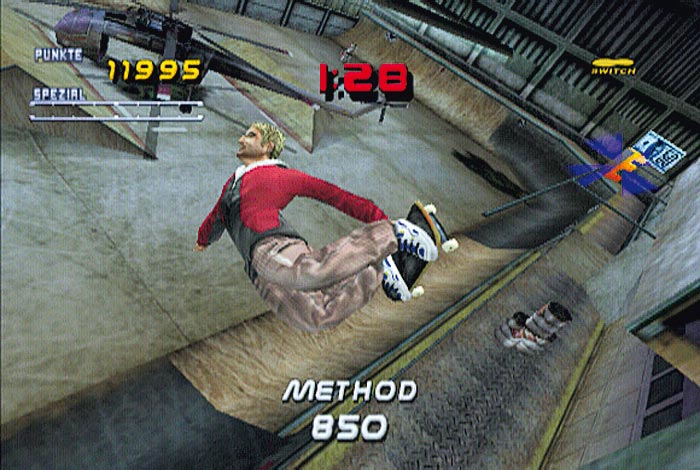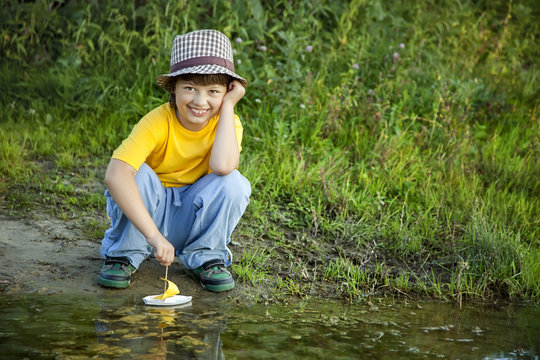Where bytes and pixels weave the very fabric of our existence, a curious contradiction unfurls: the more we tether ourselves to the digital ether, the more our tangible bonds fray. Children, once monarchs of the cul-de-sac and emperors of the empty lot, now find their kingdoms diminished, their realms confined to the glow of handheld screens.
The landline telephone—a relic, perhaps, but once a lifeline of spontaneity. A shared device, anchored in the heart of the home, it invited the serendipitous chatter of friends unannounced. Voices carried over copper wires, unfiltered and immediate. Now, the smartphone—a fortress of solitude. Personal, encrypted, often silent unless summoned. The communal conduit of connection has fragmented into isolated channels, each guarded by passcodes and personalized settings.

Roaming the neighborhood—once a rite of passage, a canvas for unplanned adventures. Children would amble down streets, magnetized by the possibility of bumping into friends, of impromptu games or escapades. The local toy store or comic shop served as informal town squares, hubs of social gravity. Today, such wanderings are anomalies. Encounters are orchestrated through apps, premeditated and slotted into calendars. The whimsical drift of youth has given way to the calculated swipe.
Gaming epitomizes this shift. Remember gathering around a console, controllers tangled, eyes glued to a shared screen as “Tony Hawk’s Pro Skater 2” avatars defied gravity? The room alive with collective gasps and cheers, a symphony of shared triumphs and defeats. Contrast that with today’s norm: players ensconced in separate rooms, connected by invisible signals yet separated by walls. Multiplayer, once a physical gathering, now transpires in solitary confinement.

Streets, the arteries of communal life, pulse now with relentless traffic. The asphalt that once echoed with the patter of footsteps and the whoosh of jump ropes now reverberates with the roar of engines. Safety becomes a specter haunting every decision—parents hesitant, children constrained. Outdoor play morphs into a calculated risk, and the allure of the backyard diminishes in the shadow of digital alternatives.

Education, too, fragments community. Children living side by side attend schools miles apart—private academies, magnet programs, specialized curricula pulling them in divergent directions. The common ground that once fostered neighborhood camaraderie erodes. Without shared classrooms or playgrounds, the threads linking young lives weaken, reliance on digital communication intensifies, and the tactile aspects of friendship wane.
We inhabit a world where the promise of perpetual connectivity paradoxically breeds isolation. The internet—vast, unending—offers everything yet satisfies little of the innate human craving for face-to-face interaction. Messages replace conversations; video calls stand in for embraces. The sensory richness of in-person connection—tone, touch, unspoken nuances—dilutes into compressed data streams.
But all is not lost in this labyrinth of technology and modernity. Glimpses of revival emerge. The experiment in Bristol—closing streets to reclaim them as playgrounds—illuminates a path forward. When asphalt transforms from thoroughfare to communal space, magic happens. Children play, adults converse, and the invisible barriers erected by modern life dissolve, if only temporarily.
Reimagining urban spaces offers one avenue, but the challenge also resides within our choices. Technology need not be the antagonist of community. Perhaps it’s about recalibrating our engagement—using devices as tools rather than destinations. Encouraging gatherings that transcend screens, fostering environments where technology augments rather than replaces human interaction.
In the grand reality of societal evolution, perhaps we’re at a crossroads—a moment demanding reflection. Will we allow the instruments we’ve created to dictate the rhythm of our lives, or will we reclaim agency, orchestrating a symphony that harmonizes innovation with innate social needs? The answers aren’t simple, and the solutions won’t manifest overnight. Yet, by acknowledging the dissonance, we take the first step toward restoring balance.
The essence of childhood—the unstructured play, the chance encounters, the collective discovery—need not be consigned to nostalgia. It beckons for revival, whispering through the static of our digital lives. The choice, intricate and profound, rests with us: to craft a world where technology and humanity don’t just coexist but enrich one another, where the cords that bind us aren’t just cables and signals but shared moments and memories etched in the real world.
Call me a boomer, call me an enemy of tech, but I think we have a problem here. And the worst thing. All of this means more work for parents.
